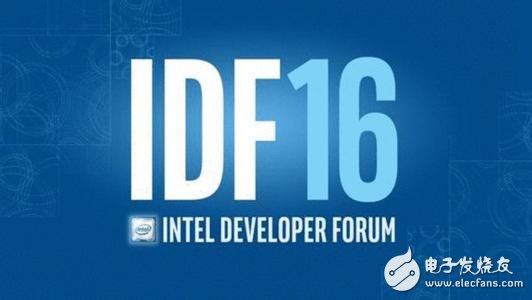Intel's annual developer forum IDF was held in Shenzhen this week, and the official has brought a lot of updates to the platform and tools. On the Internet of Things, in addition to the more capabilities of RealSense, Cuire became Intel's main IoT development platform tool after Edison.
The earliest Curie made its debut at the CES conference in January last year. At the time, Curie was just a chip module with a diameter of about 1 cm. The release was based on the development board created by Curie. Compared to a single chip, the development board can greatly reduce the development difficulty of developers and quickly build products.
Currie based on Quark core The core of Curie is Intel's own Quark SE SoC, which has 384KB of flash memory and 80KB of SRAM memory, clocked at 34MHz. In addition, it is equipped with a combination of power management IC, DSP, acceleration and six-axis gyroscope, supports low-power Bluetooth technology and sleep wake-up function, can be said to be a solution for ultra-low-power smart wearable devices .
The Curie development board based on this module is more oriented to non-wearable device smart hardware. In Intel's words, it is positioning "fashion, sports and life." Although the size is significantly larger after adding the development board (7cm * 5.5cm), but can provide a more comprehensive interface, as well as a complete CPU, memory, Flash components, more suitable for the maker community and embedded developers.

Another generation of Internet of Things and intelligent hardware platforms
As everyone knows, Intel missed the mobile Internet, and the overall decline in the PC industry is forcing them to continue looking for the next platform.
Prior to Curie, Intel introduced Edison and Galileo Arduino development boards with Quark SoC, but because they were too expensive and run Linux, they did not cause high repercussions.
Based on the former two, the Curie development board is based on the fact that the development board is more filial and the price is cut in half. It runs a small real-time operating system and is more suitable for beginners.
Earlier, Intel also showed more examples of Curie-based applications, including:
BMX smart bike. The bike collects and analyzes motion data in real time, recording information such as altitude, speed and position, even aerial angles and trajectories, and similar to an intelligent skateboard.
A smart bracelet that can be used to unlock your PC. After wearing the bracelet and pairing with the PC, the user can simply log in and access the device without waiting for a password, and will be reset when the wrist is removed.
A smart bracelet that can control the spider robot to dance. The interesting thing about this bracelet is that it can control a group of spider robots, in addition to imitating the wearer to make the corresponding action, you can also dance.
Intel entered the MCU market Intel entered the MCU market, facing the veteran players who have been operating for many years like NXP and ST, and the experience of low-power and low-cost fields is also the traditional advantage of these players.
According to a 2015 MCU market research report, only five companies, Renesas Electronics, NXP, STMicroelectronics, Infineon and Microchip, have firmly occupied 76% of the MCU market (in turn, : 22%, 22%, 11%, 11%, and 10%), and Intel can't even rank in the top ten.
The old MCU manufacturers even had a clear statement before, not afraid of new rivals. such as:
"The global MCU market has gone, merged, and new in the past two years. For this market, there are not many more players, and there are fewer players. We have nothing to worry about."
new smart watch,smart watch bulk, smart watch wholesale,smart watch with logo
Shenzhen Konchang Electronic Technology Co.,Ltd , https://www.konchangs.com
